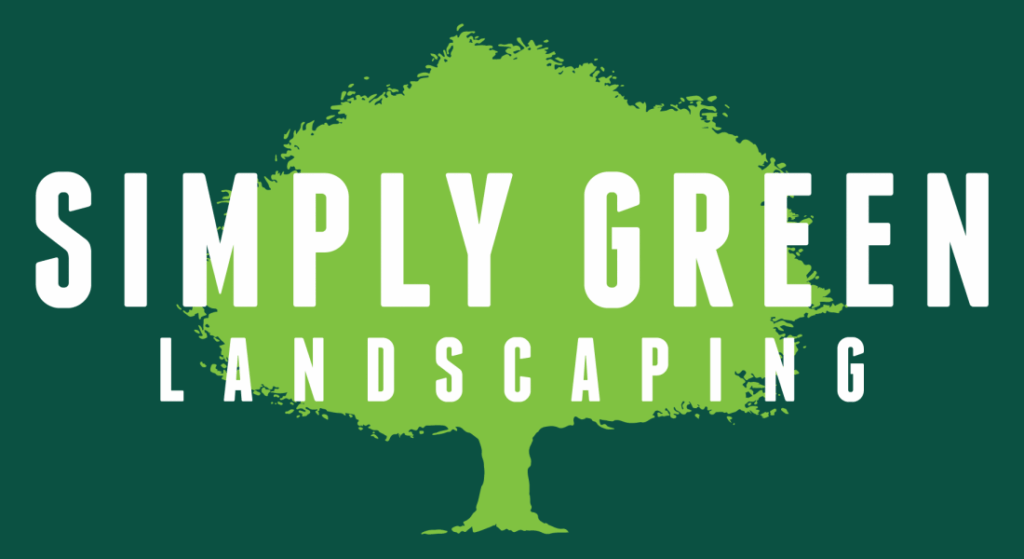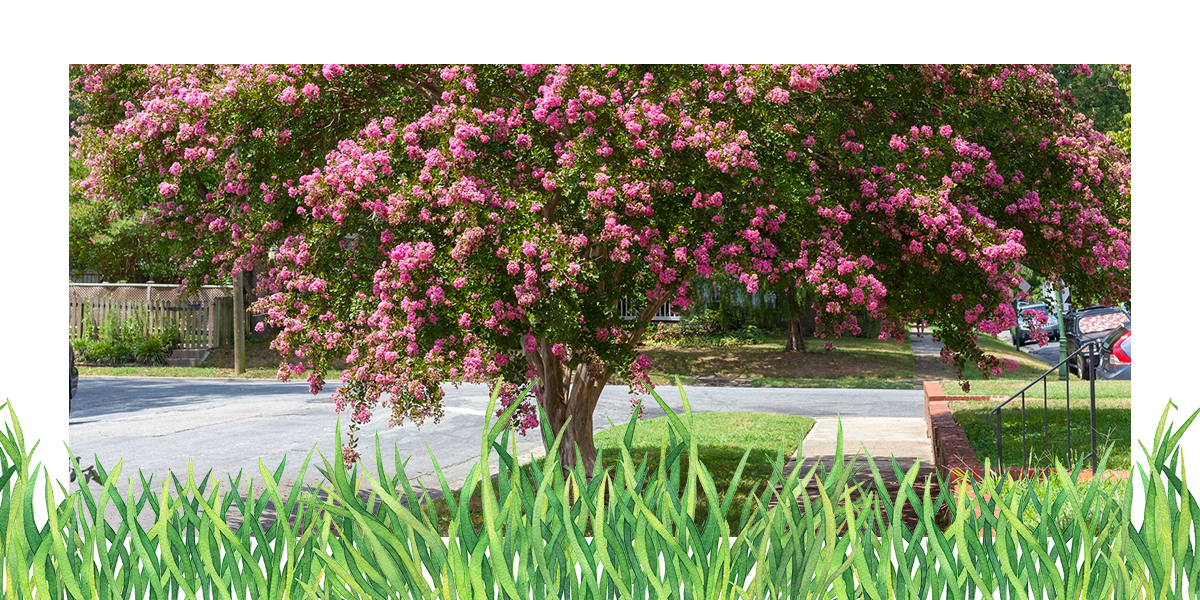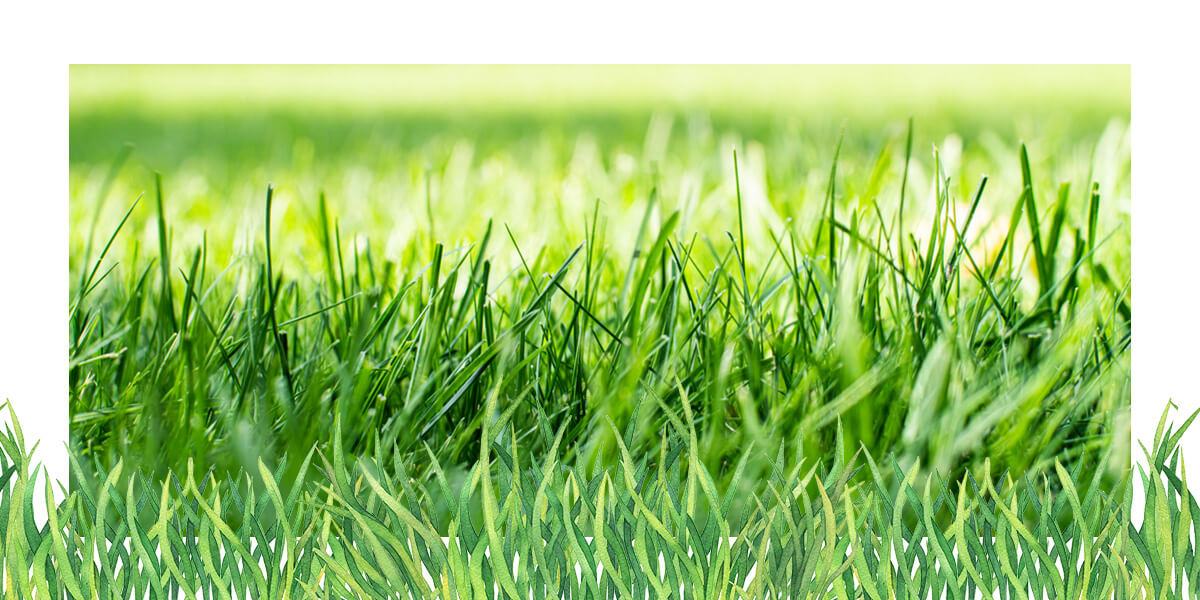Charleston’s Lowcountry climate — long, hot summers, abundant humidity, salty breezes and periodic tropical storms — rewards trees that are tough, adaptable and storm-resilient. Choosing species proven for our coastal conditions is the single best way to ensure your investment thrives from downtown Charleston to Mount Pleasant and beyond.
The right selection does more than just survive — it elevates curb appeal and property value, casts cooling shade that can lower summer energy bills and supports local birds like the Carolina Wren, pollinators and the broader coastal ecosystem.
Choosing the Best Trees for Your Charleston Landscape
When evaluating tree types in Charleston, SC, think beyond looks. Consider wind resistance, salt tolerance, mature size, soil drainage and how much sun your site gets. Microclimates matter, too — barrier islands can be breezier and saltier, the peninsula tends to be warmer and inland Mount Pleasant may see slightly cooler winter lows. A few smart choices today can save years of pruning, storm cleanup and replacements later.
Top Shade Trees for Charleston Properties
Shade trees are the backbone of a Lowcountry landscape, reducing summer heat, cutting energy costs and anchoring your design. Focus on wind-firm, site-appropriate species that fit your available space and won’t conflict with sidewalks, driveways or overhead lines as they mature.
Southern Live Oak (Quercus virginiana)
A signature Lowcountry giant, live oaks deliver unmatched, long-lived shade and are renowned for storm resilience along the coast.
- Pros: They are iconic to the Southern landscape, extremely durable and highly resistant to hurricane-force winds. They also provide dense shade.
- Cons: Require a very large area to grow to maturity, often reaching a spread of 40-100 feet — its extensive root system can damage sidewalks if planted too close.
Red Maple (Acer rubrum)
A fast-growing native, red maple brings brilliant seasonal color and tolerates the wet soils common across the Charleston area.
- Pros: It offers brilliant red fall color, grows relatively fast, often adding 1-2 feet of height per year, and tolerates the wet soil common in the Charleston area.
- Cons: Can be prone to breakage in high winds compared to an oak.
Beautiful Flowering Trees in Charleston, SC
If you want color and curb appeal, flowering trees in Charleston, SC, can provide months of blooms while supporting pollinators — choose varieties that match your wind, salt and sun exposure.
Southern Magnolia (Magnolia grandiflora)
An evergreen icon of the South, the southern magnolia pairs glossy foliage with fragrant, show-stopping flowers and strong wind resistance.
- Pros: Features large, fragrant white flowers and is a classic symbol of the South. It’s an evergreen with high wind resistance.
- Cons: Drops large, leathery leaves and seed pods, requiring regular cleanup, especially in the spring and fall. Needs ample space
Crape Myrtle (Lagerstroemia indica)
A summer-blooming favorite, crape myrtle offers long-lasting color, low water needs and flexible wood that handles storms well.
- Pros: Known for its long-lasting summer blooms, often from June through September, in various colors — such as pink, white, red and lavender. It is drought-tolerant and its flexible branches resist snapping in storms.
- Cons: It can be susceptible to powdery mildew and has a low salt tolerance, making it less ideal for properties directly on the coast.
The Best Fruit Trees to Grow in Charleston, SC
For reliable harvests in the Lowcountry, select ‘low-chill’ varieties, which are types that need fewer cold winter hours to produce fruit. Plant in full sun and ensure excellent drainage — these are the keys to the best fruit trees for Charleston, SC.
Fig Trees (Ficus carica)
Well-suited to heat and humidity, figs are among the easiest backyard fruits and often produce generously with minimal spraying.
- Pros: Relatively easy to care for and produce abundant fruit in the local climate.
- Cons: May require protection from birds and other wildlife.
Peach Trees (Prunus persica)
Peaches love Charleston’s warmth — choose varieties matched to our chill hours and be ready for a simple, consistent care routine.
- Pros: South Carolina is famous for its peaches — these varieties are well-suited to the hot and humid conditions.
- Cons: Can require a consistent spraying schedule to manage pests and diseases.
Satsuma Orange (Citrus unshiu)
The most cold-hardy citrus, satsumas offer sweet, seedless fruit in fall and perform well with protection during rare hard freezes.
- Pros: A cold-hardy citrus option known to be “foolproof” for the Charleston area.
- Cons: It needs well-drained soil and may require protection, such as covering it with a frost blanket, during rare hard freezes.
Popular Types of Palm Trees in Charleston, SC
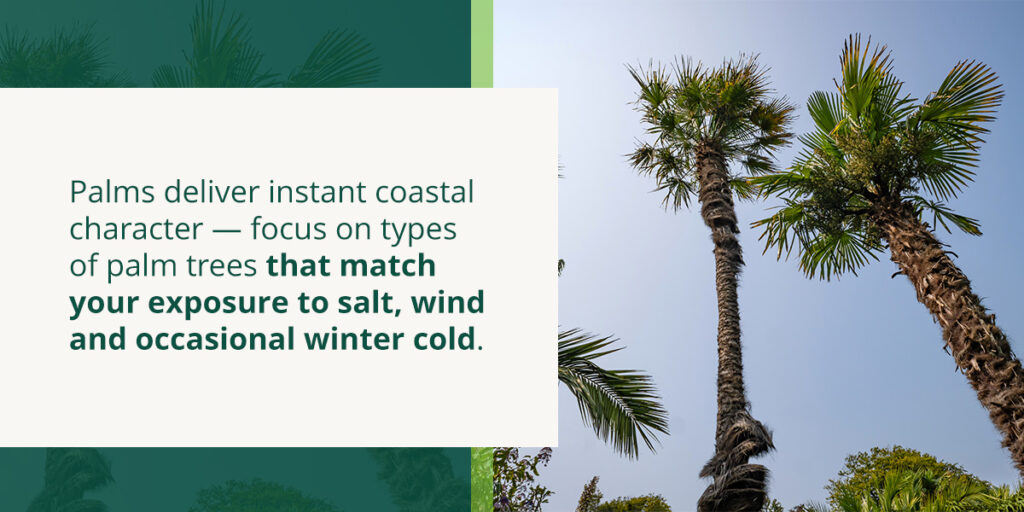
Palms deliver instant coastal character — focus on types of palm trees that match your exposure to salt, wind and occasional winter cold.
Cabbage Palm (Sabal palmetto)
South Carolina’s state tree, known as the Carolina palmetto, is exceptionally tough, salt-tolerant and one of the best performers in hurricanes.
- Pros: It is extremely tough, salt-tolerant and stands up better to hurricanes than almost any other tree.
- Cons: It is a very slow-growing palm, often taking decades to develop a significant trunk.
Windmill Palm (Trachycarpus fortunei)
A cold-hardy palm ideal for inland and sheltered coastal sites, windmill palm features a distinctive, burlap-like trunk texture.
- Pros: A cold-hardy palm that thrives across South Carolina. Its trunk has a unique, burlap-like texture.
- Cons: Does not tolerate standing water or direct salt spray.
Factors to Consider Before Planting
A little planning prevents big headaches — match your tree species to your site, think long-term about size and plan for storms. A few things to keep in mind include:
- Hurricane resistance: Species like Live Oak, Bald Cypress and Sabal Palm are top performers in storms.
- Soil and drainage: Match the tree to your soil conditions and ensure the planting area drains well. A simple at-home soil test can tell you if your soil is sandy, loamy or heavy clay, helping you choose a tree that will thrive.
- Mature size and placement: Consider full height and spread to avoid conflicts with buildings, power lines and foundations. A good rule of thumb is to plant large trees at least 15-20 feet away from foundations and power lines to avoid future conflicts.
Bring Your Landscape Vision to Life With Simply Green Landscaping
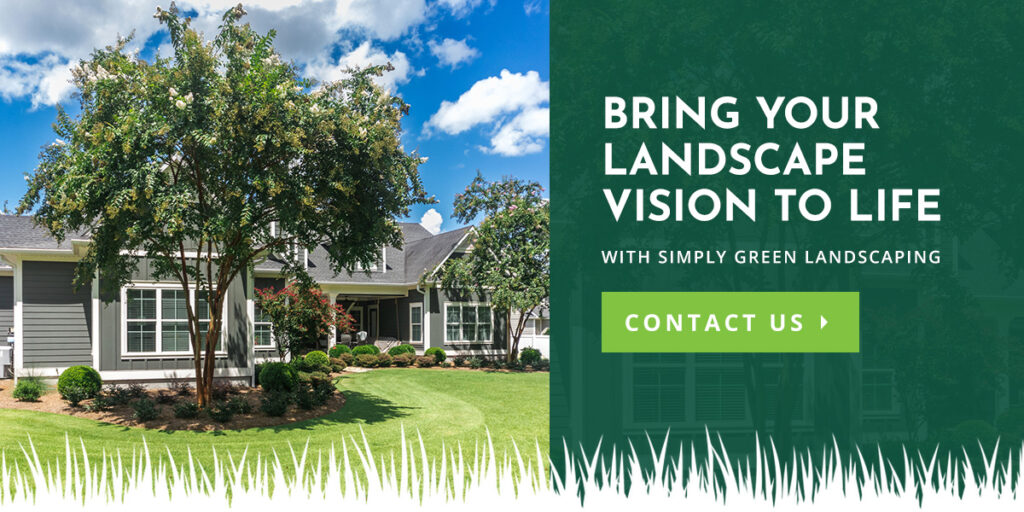
Expert design and installation turn good tree choices into great, long-lived landscapes. Simply Green Landscaping translates your goals into a property-specific plan — species selection, ideal placement and professional planting — so your investment thrives for decades. Contact us today to schedule a consultation.
